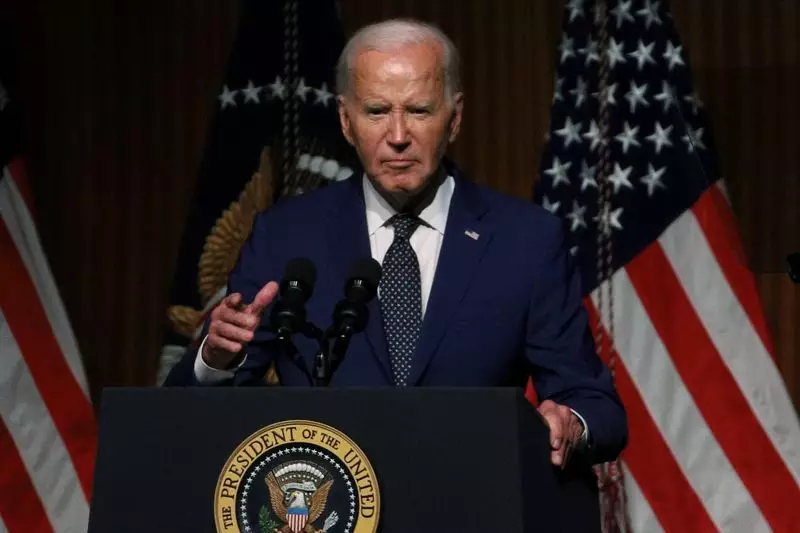The recent decision by a federal appeals court to extend an injunction blocking President Joe Biden’s student debt relief plan has sparked a heated debate. The St. Louis-based 8th U.S. Circuit Court of Appeals granted an injunction requested by seven Republican-led states, arguing that the U.S. Department of Education’s plan exceeded its legal authority. This move aimed to lower monthly payments for borrowers and expedite loan forgiveness for some, but faced backlash from those who believed it went too far.
The three-judge panel that extended the injunction consists of judges appointed by Republican presidents. They emphasized that the ruling was only prospective, meaning it would not impact loans that had already been forgiven. This decision has raised questions about the political motivations behind the court’s ruling and the implications it may have for student borrowers who were counting on relief.
The Republican-led states contended that the Biden administration’s plan offered terms that were too lenient, providing debt forgiveness after just 10 years for borrowers with lower principal balances. This contrasted with previous income-based repayment plans, raising concerns about the potential cost to taxpayers. On the other hand, supporters of the plan argued that it was essential to alleviate the burden of student loans on millions of Americans, especially during the economic challenges brought on by the pandemic.
The legal battle over the student debt relief plan is not a new development. Prior to this injunction, there were challenges to a broader $430 billion program proposed by President Biden that aimed to cancel up to $20,000 in debt for millions of borrowers. However, the conservative-leaning U.S. Supreme Court blocked this initiative in 2023, setting the stage for further disputes over the SAVE Plan. With conflicting rulings from different federal courts and appeals pending, the fate of student loan borrowers remains uncertain.
The potential implications of halting the implementation of the student debt relief plan are significant. Over 20 million borrowers were expected to benefit from the SAVE Plan, with millions already enrolled in the program. The Education Department had allocated billions of dollars in relief to hundreds of thousands of borrowers, with plans to expand the scope of assistance. The abrupt halt to this program could leave borrowers in a lurch, unsure of how they will manage their student debt moving forward.
As the legal battles unfold, a group of Republican-led states has appealed to the U.S. Supreme Court to reinstate the injunction blocking parts of the SAVE Plan. This move sets the stage for further deliberation at the highest judicial level, where the future of student debt relief in America may ultimately be decided.
The debate over the Biden administration’s student debt relief plan continues to rage on, with conflicting court rulings and political agendas at play. The repercussions of these legal battles extend far beyond the courtroom, impacting millions of borrowers who are seeking relief from the burden of student loans. As the fight over student debt relief unfolds, it is clear that the stakes are high and the outcome remains uncertain.


Leave a Reply